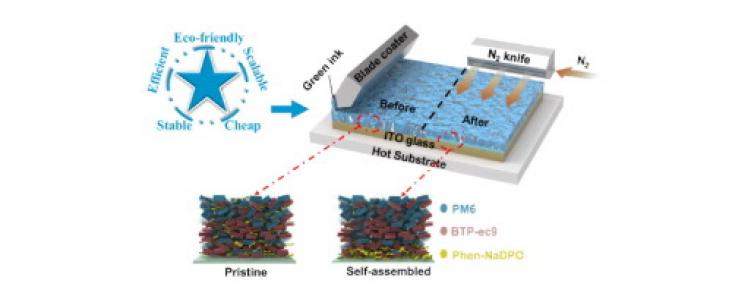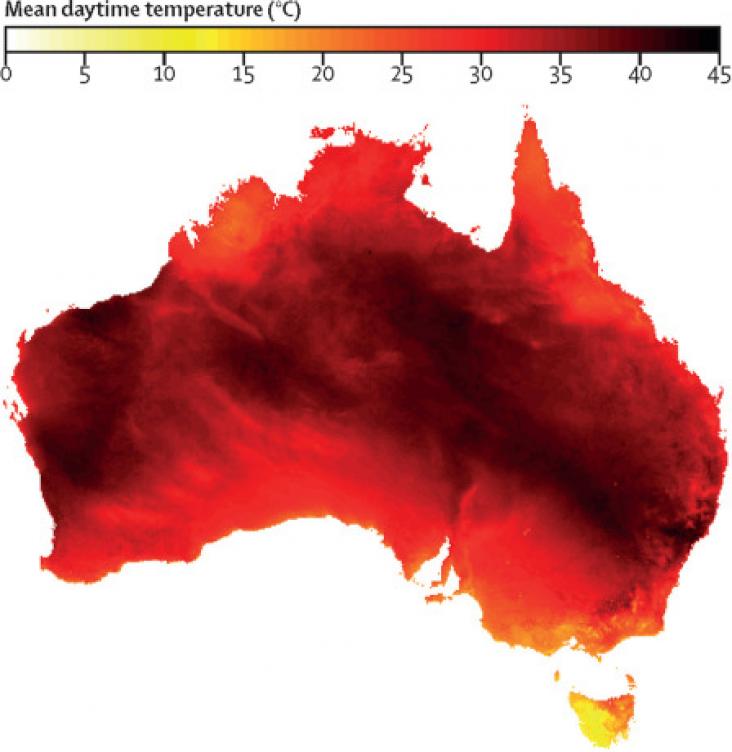Reflects upon emergent challenges and opportunities of developing Positive Energy Districts (PEDs) in Europe. Combines attention to rapid implementation, context-specificity and replicability. Identifies three key themes to enable conditions for upscaling PEDs across contexts. The key themes are: framework conditions, prefiguration and emerging impact of PEDs. Combines expertise of PED-EU-NET core group, spanning PED initiatives across Europe.

This article supports SDGs 5, 7 and 10 by integrating the principles of equality, diversity, and inclusivity (EDI) into all aspects to correct historical and structural inequalities, and establishing an inclusive culture to achieve the justice urgently needed for the global transition to net zero. the progress can be made in the fields of energy and artificial intelligence.
This book chapter advances SDGs 13, 7, and 11 by explaining how to promote the transition toward future cities models based on efficient resource consumption and effective implementation of neutral circular economy urban strategies.
This book chapter advances SDGs 13, 7, and 11 by presenting a set of parameters, operational strategies, and guidelines for a Net-Zero Energy City.

The ultimate goal of organic solar cells (OSCs) is to deliver cheap, stable, efficient, scalable, and eco-friendly solar-to-power products contributing to the global carbon neutral effort. This work demonstrates great potential to close the lab-to-fab gap of OSCs.
Elsevier,
Miguel Amado, Francesca Poggi, Chapter 1 - Cities Evolution, Editor(s): Miguel Amado, Francesca Poggi, Sustainable Energy Transition for Cities, Elsevier, 2022, Pages 1-17, ISBN 9780128242773, https://doi.org/10.1016/B978-0-12-824277-3.00002-5.
This chapter advances UN SDG goals 11, 13, and 7 by discussing the Smart City potential for contributing to the reduction of external dependence on fossil fuels and the promotion of renewable energy sources and the mitigation of environmental impacts and effects of climate change.
Climate policy targets.

Background: Increasing air conditioner use for cooling indoor spaces has the potential to be a primary driver of global greenhouse gas emissions.

The UK Climate Change Agreements (CCA) aim to save energy and carbon emissions by way of energy efficiency targets in industrial sectors, while simultaneously reducing energy costs for participating organisations with large discounts on Climate Change Levies (CCL). This article is related to SDG 7, Affordable and Clean Energy; SDG 13, Climate Action; and SDG 9, Industry, Innovation and Infrastructure; as it demonstrates the ways in which governments can not only improve energy efficiency but also benefit industrial sectors.

In the effort to combat climate change and reduce energy consumption, largescale energy efficiency improvements to residential and commercial properties are a key aspect of the UK Government's Clean Growth Strategy. This article discusses the history of The Green Deal and the legal implications for landlords and tenants of the private rented sector. The need for energy-efficient homes and commercial properties relates to SDG 7, Affordable and Clean Energy, which aims to ensure access to affordable, sustainable, and modern energy for all. Affordable and clean energy for all will combat climate change by reducing energy consumption and emissions, thus relating this article to SDG 13, Climate Action.
